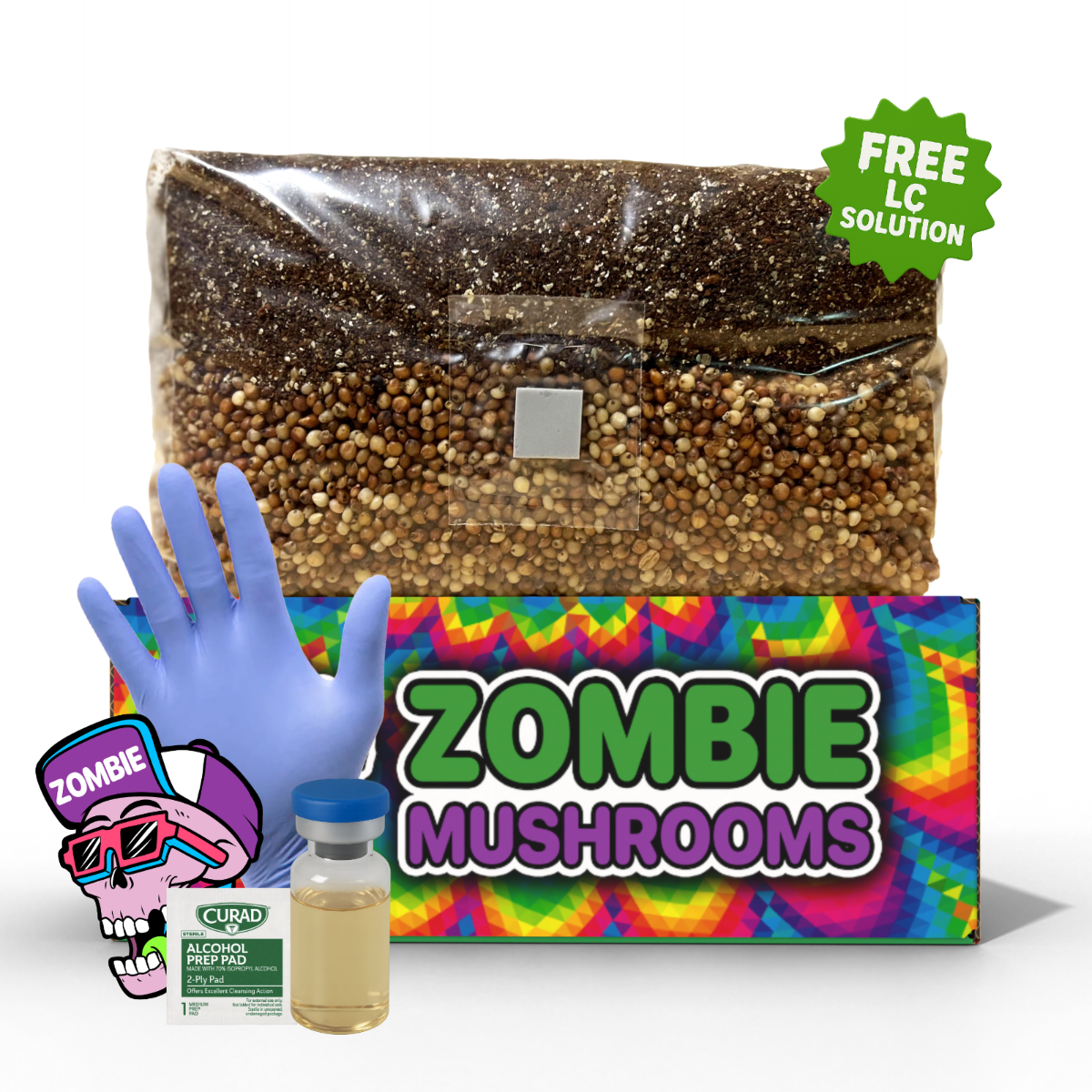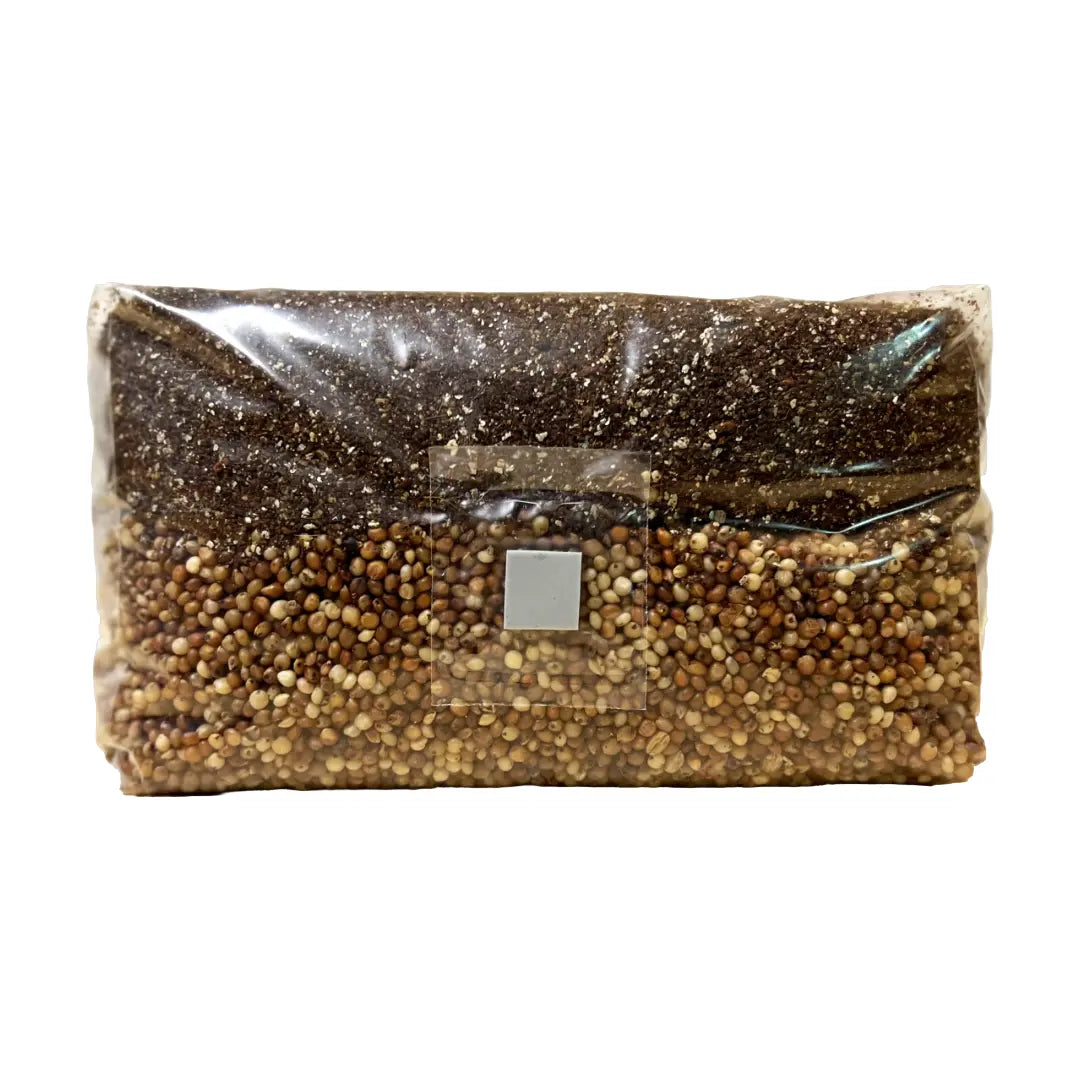- 🍄 Fruiting bodies contain significantly higher levels of beta-glucans, key compounds for immune health.
- 🌱 Mycelium-based supplements may contain grain fillers, reducing their potency.
- 🔬 Studies show traditional medicine has long favored fruiting body extracts for their concentrated therapeutic properties.
- 💊 Dual-extraction methods (hot water and alcohol) ensure the highest bioavailability of key medicinal mushroom compounds.
- ❗ Lack of transparency in labeling leads many consumers to unknowingly purchase mycelium-heavy, low-potency supplements.

Medicinal mushroom supplements have gained significant attention for their health benefits, but not all are created equal. The debate between mycelium vs fruiting body rages on, with proponents on both sides arguing over potency, quality, and effectiveness. Understanding the key differences can help consumers make informed choices when selecting the best mushroom supplements for their health needs. For those who want to compare mycelium and fruiting bodies firsthand, our grow bags provide a simple, accessible way to cultivate fruiting bodies at home.

Understanding Basic Mushroom Biology
The life cycle of a mushroom consists of two major components: the mycelium and the fruiting body. Understanding how these function in nature helps explain their differences when used in supplements.
What Is Mycelium?
Mycelium is the root-like system of the fungus, consisting of a network of thread-like structures called hyphae. It serves several important biological roles:
- Absorbing nutrients from its growing substrate (logs, soil, or grains in cultivation).
- Providing structural support for future mushroom growth.
- Producing secondary metabolites, which may carry unique medicinal properties.
What Is the Fruiting Body?
The fruiting body is the recognizable, above-ground structure of a mushroom that contains spores for reproduction. In herbal medicine and dietary supplementation, fruiting bodies are traditionally harvested because they contain a higher concentration of bioactive compounds such as beta-glucans and triterpenes.

What Are the Health Benefits of Medicinal Mushrooms?
Medicinal mushrooms contain unique bioactive compounds that impart a range of health benefits:
- Immune support: Beta-glucans found in Reishi, Turkey Tail, and Chaga help modulate immune responses (Borchers et al., 2004).
- Cognitive function: Lion’s Mane stimulates nerve growth factor (NGF) production, supporting brain health (Xu et al., 2020).
- Energy and endurance: Cordyceps increases ATP production, enhancing stamina and physical performance.
- Anti-inflammatory effects: Many medicinal mushrooms contain polysaccharides that reduce inflammation in the body.
- Antioxidant properties: Chaga and other mushrooms neutralize free radicals, supporting cellular health.
These benefits hinge on the presence of potent compounds, which can vary significantly depending on whether mycelium or fruiting body is used in supplements.

Why Fruiting Bodies Are Preferred in Mushroom Supplements
Fruiting body-based supplements are widely considered superior because they contain:
1. High Beta-Glucan Levels
Beta-glucans are essential for immune function, and studies confirm that fruiting bodies contain significantly higher amounts than mycelium (Rop et al., 2009). These powerful polysaccharides help the body fend off infections and regulate immune responses.
2. Greater Concentrations of Active Compounds
Fruiting bodies are rich in triterpenes, ergosterol, phenolics, and sterols, all of which contribute to their health benefits. In contrast, mycelium grown on grain may have diluted levels of these potent compounds.
3. Traditional Use in Herbal Medicine
For centuries, traditional systems such as Chinese and Ayurvedic medicine have exclusively used fruiting bodies for their potent therapeutic properties. This historical precedent reinforces their efficacy over mycelium-based products.
4. Lack of Unwanted Fillers
Fruiting body extracts do not contain excess grain or substrate material, which often dilutes medicinal compounds in mycelium-based supplements.

Mycelium-Based Supplements: Are They Less Effective?
Despite its biological importance, mycelium is often less potent in terms of bioactive content when compared to fruiting bodies. Here’s why:
1. Mycelium Supplements Often Contain Grain Fillers
Most commercial mycelium supplements are grown on rice, oats, or other grains. Unlike wild mycelium, which breaks down organic material naturally, lab-grown mycelium can contain leftover grain substrate in the final product. This dilutes medicinal potency, as the actual fungal content may be significantly lower than advertised.
2. Lower Beta-Glucan Concentration
Since fruiting bodies concentrate beta-glucans, the mycelium lacks comparable levels, making it less effective for immune support (Davis et al., 2016).
3. Potential Presence of Unique Compounds
Advocates of mycelium-based supplements argue that secondary metabolites produced during fungal growth may have unique benefits. However, research is still limited regarding the therapeutic value of these compounds versus the well-established benefits of the fruiting body.

High Growth, Low Quality Control: Issues in the Industry
The surge in demand for mushroom supplements has led to quality control issues, particularly in the production of mycelium-based products. Key concerns include:
- Misleading labeling: Some manufacturers market "mushroom supplements" that are primarily mycelium grown on grain, not the potent fruiting body.
- Poor extraction methods: Low-quality methods result in supplements with fewer bioactive compounds.
- Lack of third-party testing: Without lab verification, it’s difficult to confirm the bioactive content.
Consumers looking for pure, potent medicinal mushroom supplements should prioritize transparency and sourcing.

Industry Trends and Consumer Advocacy
With growing awareness about the mycelium vs fruiting body debate, demand for standardized extracts is increasing. Many reputable brands now focus on guaranteeing:
- Specific beta-glucan content per serving.
- Dual-extraction processes to maximize bioavailability.
- Third-party lab testing to validate quality.

How to Choose High-Quality Mushroom Supplements
To ensure you’re getting the most effective and potent product, follow these guidelines:
- Check the ingredient label – Look for "fruiting body extracts" rather than "mycelium on grain."
- Look for dual-extracted mushrooms – Hot water and alcohol extraction extracts beta-glucans and triterpenes.
- Insist on third-party lab testing – Verified companies will show beta-glucan percentages and purity.
- Avoid vague labels – Terms like "mushroom mycelium powder" may indicate the presence of grain fillers.
Mycelium vs. Fruiting Body – Which Should You Choose?
Ultimately, fruiting body-based supplements provide the highest concentration of health-promoting compounds, including beta-glucans and triterpenes. While mycelium supplements may contain unique metabolites, concerns over grain fillers and lower potency make them less ideal for therapeutic use.
For those seeking the full benefits of medicinal mushrooms, choosing pure fruiting body extracts with verified beta-glucan content is the best option. Being informed helps ensure you’re making the most of these powerful fungi for better immune function, cognitive support, and overall wellness.
FAQ's
What is mycelium, and what role does it play in mushroom biology?
Mycelium is the root-like network of a fungus that absorbs nutrients and supports mushroom growth.
What is the fruiting body, and how does it differ from mycelium?
The fruiting body is the reproductive structure of the mushroom, containing spores and a higher concentration of bioactive compounds.
Are medicinal mushroom supplements made from mycelium less effective than those made from fruiting bodies?
Generally, fruiting body-based supplements have higher levels of beneficial compounds like beta-glucans, making them more potent.
What are the health benefits of medicinal mushrooms?
Medicinal mushrooms support cognitive function, immune health, and have antioxidant and anti-inflammatory properties.
Are mycelium-based supplements beneficial?
Mycelium supplements may provide unique bioactive compounds, but concerns exist over dilution from grain fillers.
What factors affect the quality of medicinal mushroom supplements?
Key factors include ingredient transparency, extraction methods, third-party testing, and active compound concentration.
How can consumers determine if they are purchasing a high-quality mushroom supplement?
Look for fruiting body extracts, check for third-party testing, ensure dual extraction, and avoid products with excessive grain fillers.
Citations
- Borchers, A. T., Krishnamurthy, A., Keen, C. L., Meyers, F. J., & Gershwin, M. E. (2004). The immunobiology of mushrooms. Experimental Biology and Medicine, 229(5), 393-406.
- Davis, R., Kalaras, M. D., Zivanovic, S., & Beelman, R. B. (2016). A comparison of the nutritional value and bioactive compounds in mycelium and fruiting body of mushrooms. Food Science and Technology, 68, 491-500.
- Rop, O., Mlcek, J., & Jurikova, T. (2009). Beta-glucans in higher fungi and their health effects. Nutrition Reviews, 67(12), 624-631.
- Shang, A., Gan, R. Y., Xu, X. Y., Mao, Q. Q., Zhang, P. Z., & Li, H. B. (2020). Effects and mechanisms of edible and medicinal mushrooms on preventing and treating cancer. Nutrients, 12(9), 2291.
- Xu, T., Beelman, R. B., & Lambert, J. D. (2020). The potential health benefits of mushrooms. Nutrients, 12(11), 345.
- Xu, X., Yan, H., Chen, J., & Zhang, X. (2011). Bioactive proteins from mushrooms. Biotechnology Advances, 29(6), 667-674.



